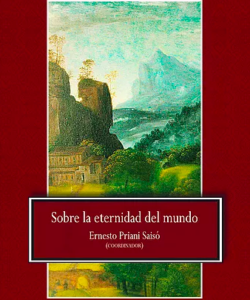Encontré la historia de Jon Keats, productor de programas de televisión para plantas, en el número del 15 de marzo de The New Yorker. Leerlo me despertó la misma ilusión que me despertó la primera vez Ghostbusters: imaginar un trabajo cuyo objeto fuera completamente fantástico. 
Amante del Club de los negocios rarosde Chesterton, me interesa sobre todo la paradoja de un mainstream que sirve para formar una periferia, donde los instrumentos primarios del mundo mediático (o de la ciencia, como enGhostbuster) son puestos al servicio de una actividad absurda, carente de sentido, que aparece como un acto destinado a desmontar la lógica del sistema. En el fondo, no importa que Jon Keats se vea a sí mismo como un honrado miembro del status quo, con una misión noble; tampoco importa que su visión del porno para las plantas o de la televisión de viajes para ellas, sea ingenua y claramente antropocéntrica. Al contrario, precisamente por ello, por ser alguien que parece representar como nadie los valores al uso en nuestra sociedad: porno, televisión, ecología, interés por los seres no humanos, libre mercado, éxito (está en The New Yorker), representa tan bien la profunda contradicción del sistema en que nos movemos.
Bright Ideas
Plant TV
Adam Gopnik
The New Yorker March 15, 2010
…
Jon Keats –that really is his given name- has mastered an expression so sincere that one begins to suspect him of irony. With that look embossed on his face, he explained to a visitor, the other day, that television for plants was an extension of an earlier project to make pornography for plants. “Pornography is where every filmmaker starts out”, he said evenly, “and in my case I was making pornography for plants by filming bees pollinating flowers”. There were two different shows of plants porn: one in Chico, California, for about a hundred rhododendrons, and one at Montana State University, for as many zinias. “I knew that the act of pollination was the most titillating experience for plants”, Keats said. “So I spend a couple of days on the ground, seeing how light and shadow were experienced from their perspective. Once I had a very stark black-and-white image sun up high, bees flying by. I let people stand at the periphery and giggle nervously.”
He continued, “So I decided to go on to other plants subjects, and to me the subject that would be most interesting to plants is travel. Plants don’t get to go anywhere. They’re rooted in the ground. But if you’re plant you’re not going to get excited about Eiffel Tower –instead, you’re going to be excited about the sky”.
Keats filmed an Italian sky over two months. “We know that plants experience light very differently in different parts of the spectrum,” he said. “Both NASA and the Soviet-ers agronomy schools studied this problem closely, because of their interest in how to grow plants in space or indoors in Siberia. I wanted to think of it not as manipulation of plants but as entertainment and edification for them. I knew that they could experience color, and –knowing that where you are in the world will have a great effect on what color relationships you experience -I wanted to bring that whole specific set of color experiences to plants, which would otherwise never bee able to get to Italy.” (Keats also included jet trails in the video, because “I didn’t want to be to pastoral. I didn’t want to idealize Italy for the plants. These are travel documentaries, not advertisements to get plants to travel.”
…
